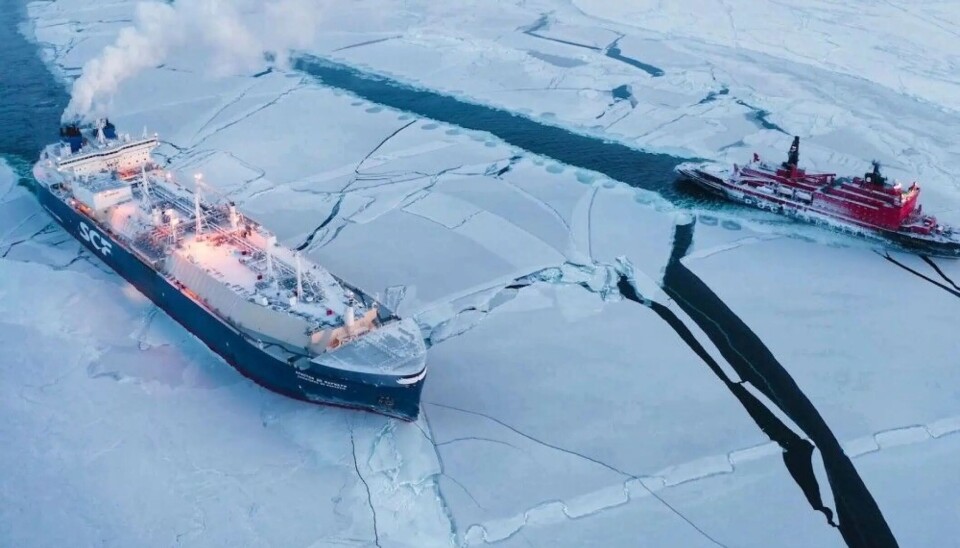
Deputy PM admits Russia can't build enough ice-class ships
Russia has a major shortage of ice-class cargo fleet ships. According to Deputy Prime Minister Yuri Trutnev, Russian shipyards will be able to build only 16 of the needed 70 Arctic vessels by 2030.
The comments were made by Trutnev during a so-called Strategic Session with Prime Minister Mikhail Mishustin this week. The Deputy PM, who is responsible for the Far East and the Arctic, highlighted the importance of the Arctic and explained that "every sixth ruble of Russia's GDP" is generated in the region.
He also underlined that Russia's most important project is the development of the Northern Sea Route (NSR). At the same time, he admitted that developments are hindered by "unresolved issues."
One of the main issues is the lack of suitable vessels.
“We have a shortage of at least 70 ice-class cargo ships, but Russian shipyards will be able to build only 16 by year 2030,” Trutnev said.
In June this year, Minister for the Development of the Russian Far East, Aleksei Chekunkov, also spoke about the shortage of ice-class vessels and the lack of shipyard capacity.
"There are concerns about the fleet of ice-class vessels — gas carriers, container ships and bulk carriers. It is obvious that the existing shipbuilding capacities in the Russian Federation are insufficient. Together with the Ministry of Industry and Trade, the United Shipbuilding Corporation and the regions, we are working on several new shipyard projects. Promising sites are in [Far Eastern] Primorsky Krai: Zarubino Bay, Slavyanka, and in the Arkhangelsk region, including the site of the existing Sevmash plant, Chekunkov said.
In 2023, the communications department of nuclear power company Rosatom reported that at least 122 vessels will be needed for the implementation of Russia's Arctic plans by 2030. At that time, a total of 43 high ice-class vessels were operating in Russia.
Speaking at this week's government session, Trutnev highlighted that the financial resources of Rosatom along with credits are used for construction of new icebreakers.
At the same time, it is increasingly evident that the costs for icebreaker escort across the Northern Sea Route are not competitive. Considering that the Bank of Russia recently raised key interest rates, and is likely to do so again, the situation will only worsen and most likely lead to an even greater tariff increase for transportation along the Arctic sea route.
In the meeting, Trutnev also mentioned the Murmansk region. According to the government representative, there is a major need for more funding to railway development in the Kola Peninsula.
“Funding sources have not been determined for the railway to the Western Transport and Logistics Hub in the Murmansk region”, said Trutnev.
The logistics hub is one of the projects included in the development plan for the Northern Sea Route until 2035, approved by the Russian government. According to Murmansk Governor Andrei Chibis, more than 44,5 billion rubles is still required for the project.
Among other issues hindering the development of the NSR, Trutnev listed the lack of funding for the construction of satellites, bases for the Ministry of Emergency Situations (Emercom), as well as the development of an environmental monitoring system.













